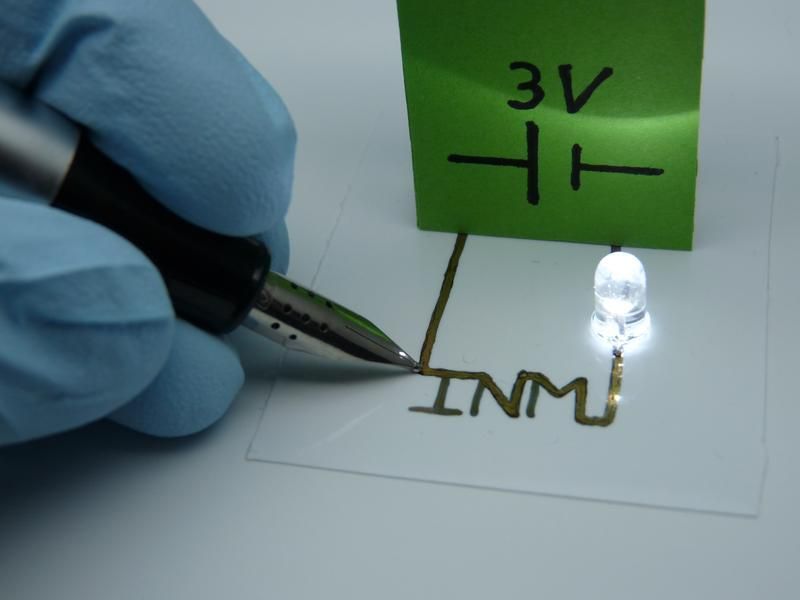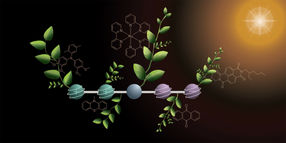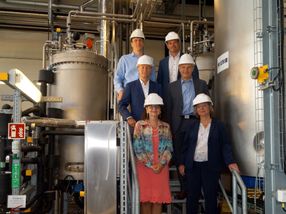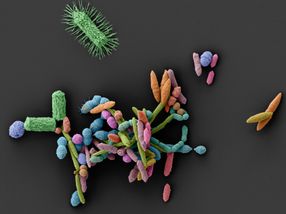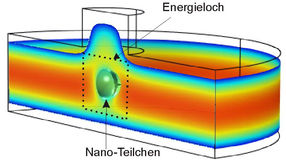World-first pinpointing of atoms at work for quantum computers
Advertisement
Scientists can now identify the exact location of a single atom in a silicon crystal, a discovery that is key for greater accuracy in tomorrow's silicon based quantum computers.
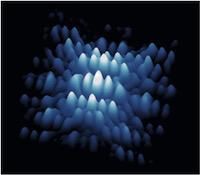
An STM image showing the atomic level detail of the electron wave function of a sub-surface phosphorus dopant. Through highly precise matching with theoretical calculations the exact lattice site position and depth of the dopant can be determined.
University of Melbourne
It's now possible to track and see individual phosphorus atoms in a silicon crystal allowing confirmation of quantum computing capability, but which also has use in nano detection devices.
Quantum computing has the potential for enormous processing power in the future. Current laptops have transistors that use a binary code, an on-or-off state (bits). But tomorrow's quantum computers will use quantum bits 'qubits', which have multiple states.
Professor Lloyd Hollenberg at the University of Melbourne and Deputy Director of the Centre for Quantum Computation and Communication Technology led an international investigation on the fundamental building blocks of silicon based solid-state quantum processors.
His collaborators Professor Sven Rogge and Centre Director Professor Michelle Simmons at the University of New South Wales, obtained atomic-resolution images from a scanning tunneling microscope (STM) allowing the team to precisely pinpoint the location of atoms in the silicon crystal lattice.
'The atomic microscope images are remarkable and sensitive enough to show the tendrils of an electron wave function protruding from the silicon surface. The theory is now visible, this is a world first,' said Professor Hollenberg.
Lead author of the paper published in Nature Nanotechnology, Dr Muhammad Usman from the University of Melbourne said: 'The images showed a dazzling array of symmetries that seemed to defy explanation, but when the quantum state environment is taken into account, suddenly the images made perfect sense.'
The teams from University of Melbourne, UNSW and Purdue University USA are part of the world-leading research at the Centre focused on the demonstration of the fundamental building blocks of a silicon-based solid-state quantum processor.
In 2015, the Centre for Quantum Computation and Communication Technology was included in the Prime Minister's Innovation and Science Agenda -- a significant undertaking by the Federal Government also supported by a combined $20m investment commitment from Telstra and the Commonwealth Bank.
Most read news
Topics
Organizations
Other news from the department science

Get the chemical industry in your inbox
By submitting this form you agree that LUMITOS AG will send you the newsletter(s) selected above by email. Your data will not be passed on to third parties. Your data will be stored and processed in accordance with our data protection regulations. LUMITOS may contact you by email for the purpose of advertising or market and opinion surveys. You can revoke your consent at any time without giving reasons to LUMITOS AG, Ernst-Augustin-Str. 2, 12489 Berlin, Germany or by e-mail at revoke@lumitos.com with effect for the future. In addition, each email contains a link to unsubscribe from the corresponding newsletter.
Most read news
More news from our other portals
Last viewed contents
Eastman Increases ESTERS Prices on September 1
BASF to start up new FCC catalysts testing and research laboratory in Heidelberg
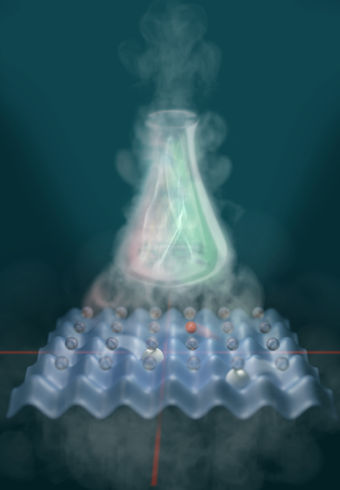
Modelling the molecular architecture - New approach for the simulation of quantum chemistry
Serono and Evotec OAI sign assay development and screening services agreement
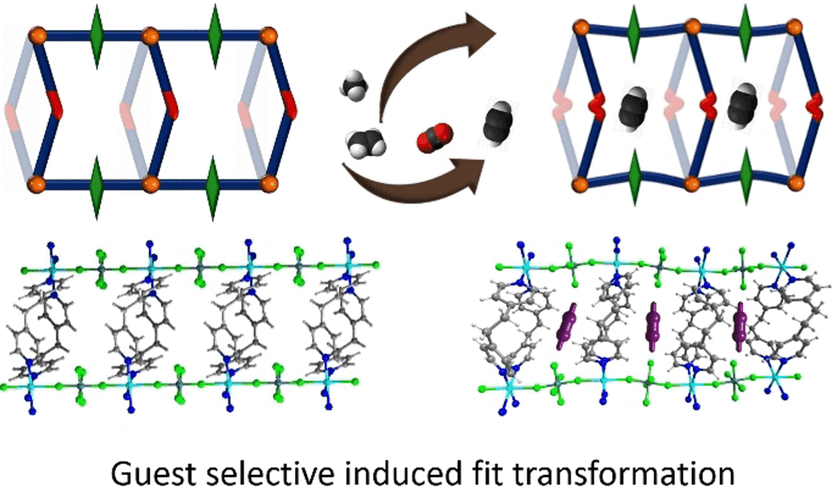
Crystals Made to Fit - Induced-fit adsorbent for acetylene
Great Lakes Announces Flame Retardant Price Increases
EVOTEC OAI Signs Two Chemistry Services Contracts With Lilly

Mapping the Energetic Landscape of Solar Cells - New spectroscopic method
LyondellBasell Industries subsidiary sells its Sarnia, Ontario, site to Shell
List_of_anaesthetic_drugs
